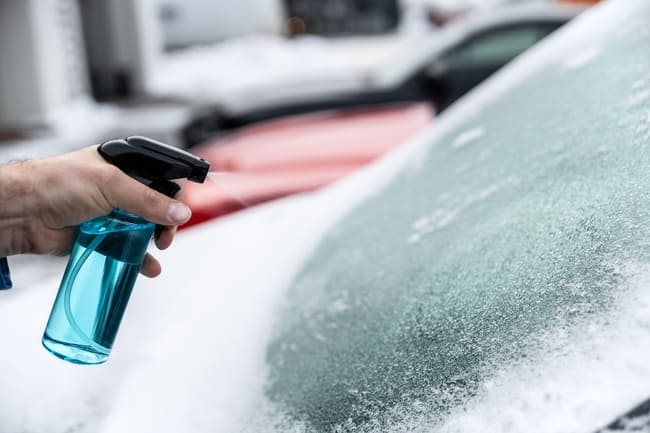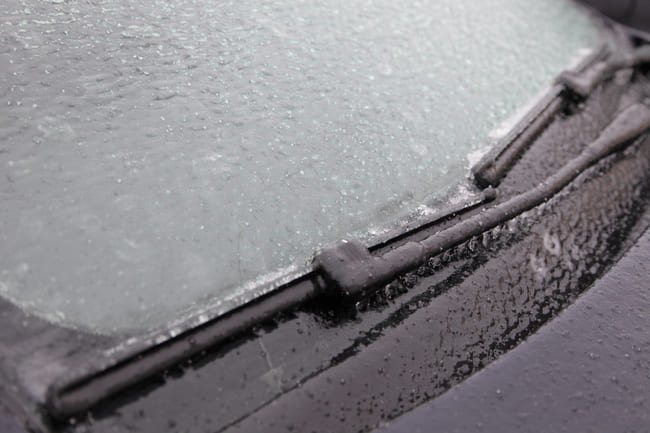- الصفحة الرئسية
- المتجر
-
المحرك ونظام الدفع
- مبرد الهواء , المراوح , نظام التبريد ومكوناتها
- العادم , رؤوس العادم , مجمع العادم
- أنظمة حقن الوقود ومكوناتها
- التدفئة والتكييف ومكوناتها
- فلاتر الهواء, فلاتر الزيت وأنظمة السحب
- وحدات التحكم الإلكتروني ، أنظمة الإشعال وموزع الشرارة
- العواميد المرفقية والمكابس والزيوت ومكوناتها
- الكامات , جنازير الصدر وعواميد الكامات
- القوابض والحذافات والمكونات
- المفاتيح , المرحلات , الأسلاك ومكوناتها
- حساسات الأكسجين ومكوناتها
- مجوعات المحرك وناقل الحركة
- قطع المحرك الأخرى
-
الفرامل و نظام التعليق والتوجيه
- أقراص الفرامل والفرامل و المشابك
- ممتصات الصدمات ومكوناتها
- أذرع التحكم وأذرع الدفع ومكوناتها
- محاور وحاملات الأعجال ومكوناتها
- أذرعة التوجيه , مجموعة نظام التوجيه ومكوناتهم
- المحاور , عمدان نقل الحركة , وأنظمة الدفع الرباعي
- مضخات نظام التوجيه
- أنظمة التعليق الهوائي ومكوناتها
- الفرامل والتعليق وأجزاء التوجيه الأخرى
- مضخة ABS ومكوناتها
-
المحرك ونظام الدفع
- مدونه
- الفهرس
- تواصل معنا
- مقارنه: 0
منتج
الاقسام
حدد سيارة للعثور على الأجزاء المناسبة بالضبط
كيفية منع الجليد على الزجاج الأمامي لسيارتك
يمكن أن يكون صباح الشتاء البارد والنشط شيئًا جميلًا ما لم تضطر إلى ركوب سيارتك في الصباح الباكر والقيادة على الفور. يمكن لنوافذ السيارة المجمدة وحتى الجليد الموجود داخل الزجاج الأمامي أن يتخلص بسرعة من جدولك الصباحي. سنخبرك هنا بكيفية التخلص من الجليد من على الزجاج الأمامي الخاص بك والتمكن من القيادة بأمان حتى في الشتاء الأكثر برودة والثلوج.
كيفية منع الجليد على الزجاج الأمامي بين عشية وضحاها

إذا كنت ترغب في الحفاظ على نوافذ السيارة خالية من الصقيع ، يمكنك شراء مزيل الجليد للسيارة أو صنعه بنفسك. بالنسبة لهذا الأخير ، أحضر زجاجة رذاذ فارغة وضع فيها إما 3: 1 خليط خل / ماء ، أو 2: 1 خليط كحول / ماء ، أو خليط من 1 لتر من الماء وملعقتين صغيرتين من الملح. تأكد من غليها لمدة 20 دقيقة على الأقل واترك المحلول يبرد تمامًا قبل استخدامه.
تأكد من الاحتفاظ بزجاجة الرش بالداخل. إذا قمت بتخزينه في السيارة ، فسوف تنخفض درجة حرارته أيضًا ولن يكون المحلول فعالاً. ضع الخليط على جميع نوافذ السيارة كل ليلة وستجد زجاجًا أماميًا خالٍ من الجليد في الصباح لأن المحاليل لها درجة حرارة تجمد أقل من الماء وبالتالي تتجمد فقط في درجات حرارة أقل بكثير. ومع ذلك ، إذا انخفضت درجات الحرارة عن هذا الحد ، فستحتاج إلى اتخاذ تدابير أخرى للحفاظ على الزجاج الأمامي خاليًا من الصقيع.
كيفية إزالة الجليد من داخل الزجاج الأمامي
يتساءل العديد من السائقين عن سبب وجود الجليد على الزجاج الأمامي للسيارة. الجواب هو الرطوبة. إذا لاحظت أن سيارتك تتجمد باستمرار من الداخل ، فتحقق مما إذا كانت جميع الفتحات الممكنة لسيارتك مغلقة. في العادة ، تكون السيارة محكمة الإغلاق بحيث لا تدخل الرطوبة فيها. إذا كنت تشك في وجود تسرب ولكنك لا تستطيع العثور عليه ، فقم بزيارة ورشة العمل واحصل على زجاج أمامي جديد للسيارة. إذا كانت هذه هي الحالة ، فسيحتاج الميكانيكي أيضًا إلى بعض المواد اللاصقة لزجاج نافذة السيارة. ومع ذلك ، قد يكون السبب أيضًا هو أنك أدخلت الرطوبة إلى السيارة بنفسك ، لذا تأكد من إبقاء حذائك وملابسك جافة قدر الإمكان. لمنع التكثيف
أثناء القيادة ، يمكنك أيضًا تشغيل مكيف الهواء لبضع دقائق وتحويل إعداد درجة الحرارة إلى التدفئة. هذا يخلق حرارة جافة تقلل الرطوبة. يمتص سجاد السيارات الرطوبة وأشكال التكثيف على النوافذ إذا جف ببطء. من الطرق الأخرى التي يمكن أن تدخل الرطوبة إليها في سيارتك هي أن تكون النافذة غير مغلقة بالكامل. لذلك ، تأكد دائمًا من إغلاق النوافذ والأبواب بشكل صحيح.
الحذر عند الكشط
الشيء الوحيد الذي يساعد على النوافذ الجانبية هو الكشط. أثبتت كاشطات ثلج السيارات المصنوعة من البلاستيك القوي قيمتها بالتأكيد. من ناحية أخرى ، يمكن أن تخدش الشفرات المعدنية الزجاج الأمامي بسرعة ، لذا كن حذرًا إذا قررت أحدها. قم بتفكيك الجليد السميك أولاً بالجانب المحزز من مكشطة الثلج ، ثم ادفعه بعيدًا بزاوية طفيفة مع الحافة الملساء. إذا كان لديك مكشطة طويلة ، يمكن أن يقلل ذلك من الضغط على الثلج. يعمل الكشط من الحافة إلى منتصف اللوحة على تجنب تلف الأختام المطاطية والعمل من الأعلى إلى الأسفل يجعل المهمة أسهل.
كيفية منع الجليد في المقام الأول

إذا قمت بتغطية الزجاج الأمامي بفيلم قوي في المساء ، فسيكون لديك وقت أسهل في الصباح. إذا لم يكن لديك حصائر خاصة لهذا الغرض ، فإن كيس القمامة المفتوح سيفي بالغرض أيضًا. يجب أن يتناسب الغطاء مع الزجاج وأن يتم تثبيته بإحكام بالأبواب. راقب درجة الحرارة عن كثب لأنه إذا انخفضت إلى حوالي صفر درجة ، فقد تتسرب مياه الأمطار إلى السيارة. الورق أو الورق المقوى غير مناسب للتغطية حيث يمكن أن يلين ويتجمد على الزجاج الأمامي.




1984375259.png)
135111072.png)
1235885726.png)
732991495.png)
148086775.png)
لا توجد تعليقات